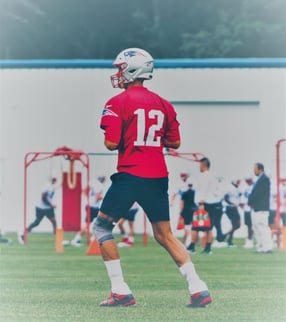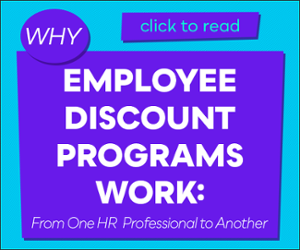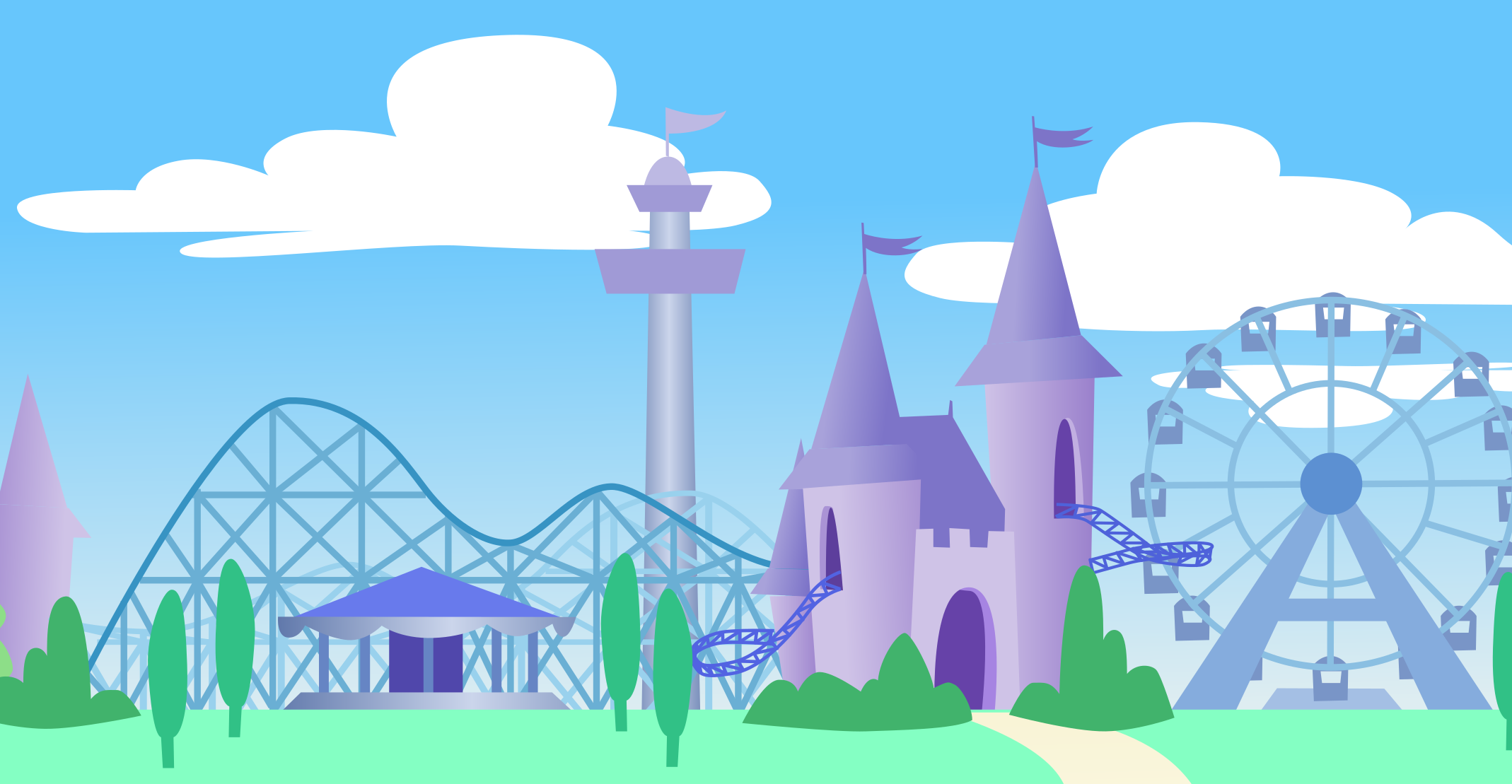Tom Brady can do no wrong. At least according to my son.
Apparently he’s the GOAT (google it).
Sure, that’s debatable – but it’s hard to deny he’s at least in the running.
For almost two decades Brady has been the one to beat in the NFL. That’s a lot longer than most quarterbacks stay on top. Just a couple months ago he earned his sixth super bowl ring. The win solidified his spot as the player with the most super bowl wins in NFL history.
 So, I’d imagine that for new Patriots players, fresh out of college and hoping to make it in the big leagues, he’s a tad intimidating to meet. Yet, according to an article I stumbled across recently, Brady greets them all with the same 4 words: “Hi, I’m Tom Brady.”
So, I’d imagine that for new Patriots players, fresh out of college and hoping to make it in the big leagues, he’s a tad intimidating to meet. Yet, according to an article I stumbled across recently, Brady greets them all with the same 4 words: “Hi, I’m Tom Brady.”
Uhhhh….. I know.
I’m going to go out on a limb and assume that every player entering the NFL knows just about all there is to know about Tom Brady. Most of them grew up watching him play.
So why the formal introduction?
“Gentelligence,” according to Megan Gerhardt, a professor at Miami University who specializes in leadership and generational differences in the workplace.
For that brief moment, they’re the same. Just two guys who play for the same team and work for the same goal. Teammates. Of course, once they step out on the field it will be a different story. Brady will be the seasoned expert and the other guy will be the newbie.
What is the Generational Gap?
The generational spread isn’t exclusive to the NFL, or any one line of work for that matter. Regardless of where one collects a paycheck, they’ll encounter experienced workers nearing retirement, eager youngsters just cracking into the workforce and just about everyone in between.
While political views, beliefs and values aren’t assigned by generation, people of similar age tend to align in their ways of thinking. The differences between these groups are referred to as the generational gap.
If organizations fail to address it they could wind up with disjointed teams and miss out on business outcomes that successful collaboration produces. Instead, companies should look to draw from the strengths of various generations in their workforce and bridge that gap to bring workers together.
Closing the Gap.
For Brady, his initial moment of connectedness with his new, younger teammates is critical. Team unity is important to the Patriots’ success on the football field just like it is for any business. Bridging the generational gap is vital to a strong corporate culture and well-oiled teams within the organization.
And the solutions often live within HR.
Not every position is equal in an organization. And that’s okay. There need to be leaders and subordinates. But, as Chief People Officer, one of the main roles HR professionals get to play is not just making sure employees are happy, but that they’re jiving.
How?
Level the ground.
Create occasions for employees to set their titles aside and relate on a human level.
Here are four strategies to consider:
 Company Activities. Each fall Access holds a company-wide 5k on the trail behind our office. This is an opportunity for someone else to be the expert. Our executive team happens to be made of exercise enthusiasts but they’re definitely not the only ones who participate. Avid runners throughout the company get a moment to shine among their colleagues in an area other than business. Families come together and employees build relationships they carry back into the office and use to make their team stronger.
Company Activities. Each fall Access holds a company-wide 5k on the trail behind our office. This is an opportunity for someone else to be the expert. Our executive team happens to be made of exercise enthusiasts but they’re definitely not the only ones who participate. Avid runners throughout the company get a moment to shine among their colleagues in an area other than business. Families come together and employees build relationships they carry back into the office and use to make their team stronger.- Learning and Development Opportunities. Whether through tuition reimbursement or on-site training sessions, most employees appreciate opportunities to gain additional knowledge and skills. Better yet, foster an environment where employees learn from one another. Tech-savvy Millennials and experienced Gen Yers and Boomers all bring different perspectives and expertise to the table. Coaching employees to capitalize on each other’s strengths will create a team greater than the sum of its parts.
- Employee Recognition. Recognize employees for their contributions to the organization’s success. This may mean hitting sales quotas, providing exceptional customer service or even something out in the community. Our company grants “Making a Difference” awards to employees who get involved with local charitable causes. Acknowledging their efforts in and out of the organization creates a confidence within them as other employees respect and celebrate their efforts.
- Money-Saving Perks. All full-time employees may have access to health insurance. But at a flat rate per employee or per family, paying for it impacts everyone differently. High-level executives taking home a six-figure salary will likely have a much easier time covering the premium than an entry level employee making $15.00 an hour. Supplement your benefits package with travel deals or employee discounts that grant all employees greater access to life-enhancing experiences.
The Solution? Champion Employee Strengths.
Successfully harmonizing relationships between workers of varying generations starts by recognizing the diversity as a strength rather than a challenge. Avoid thinking in stereotypes to fully appreciate the individual assets each employee brings to the job.
Then showcase those fortes as employees learn from, respect and support one another. For other suggestions on building strong employee relationships, read 12 Employee Perks That Build Employee Camaraderie.






